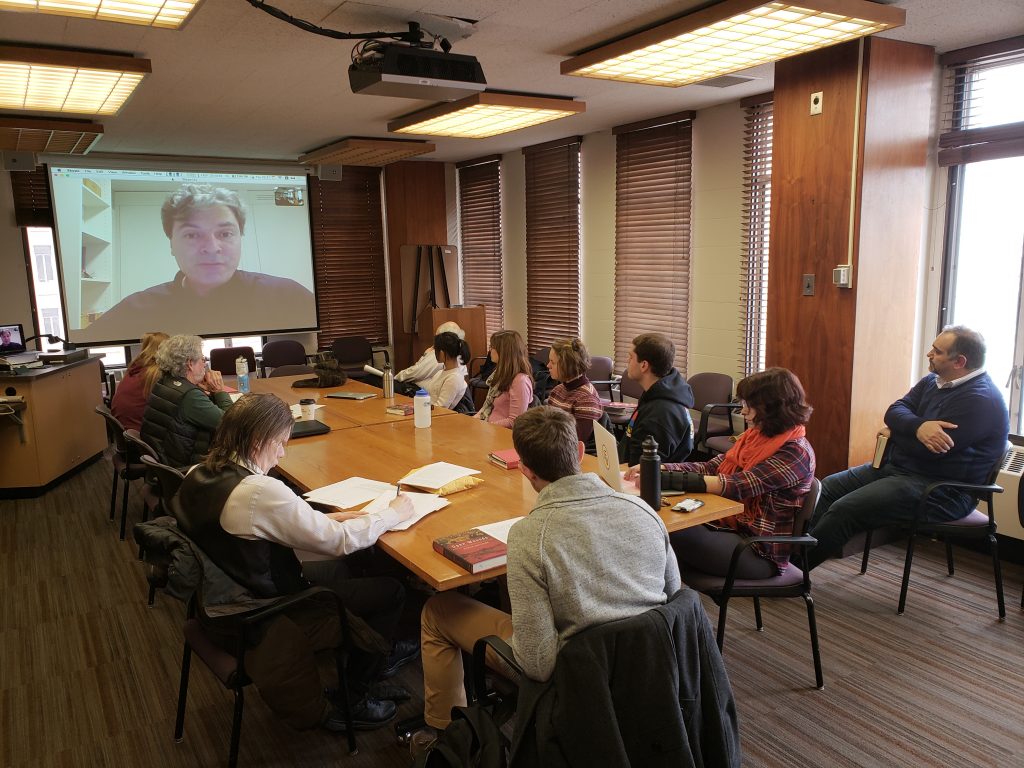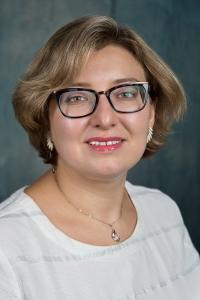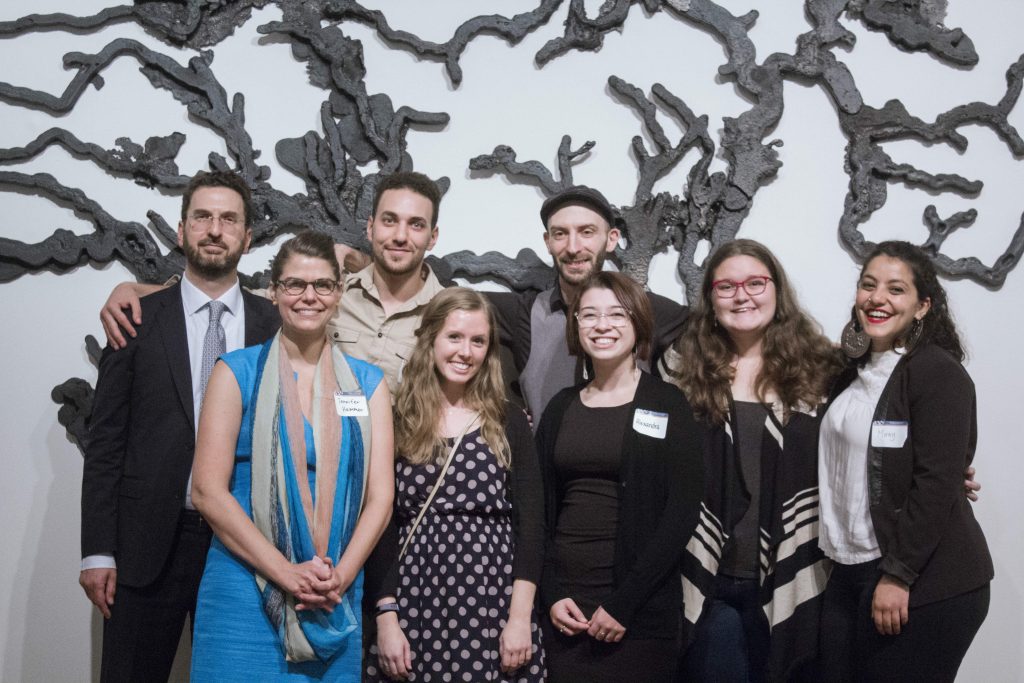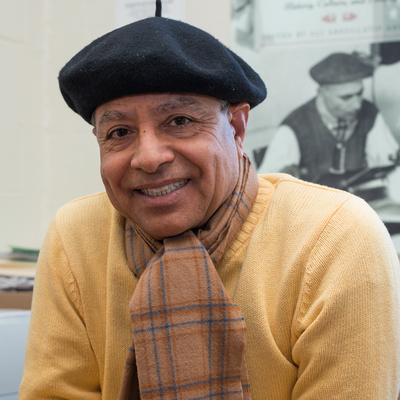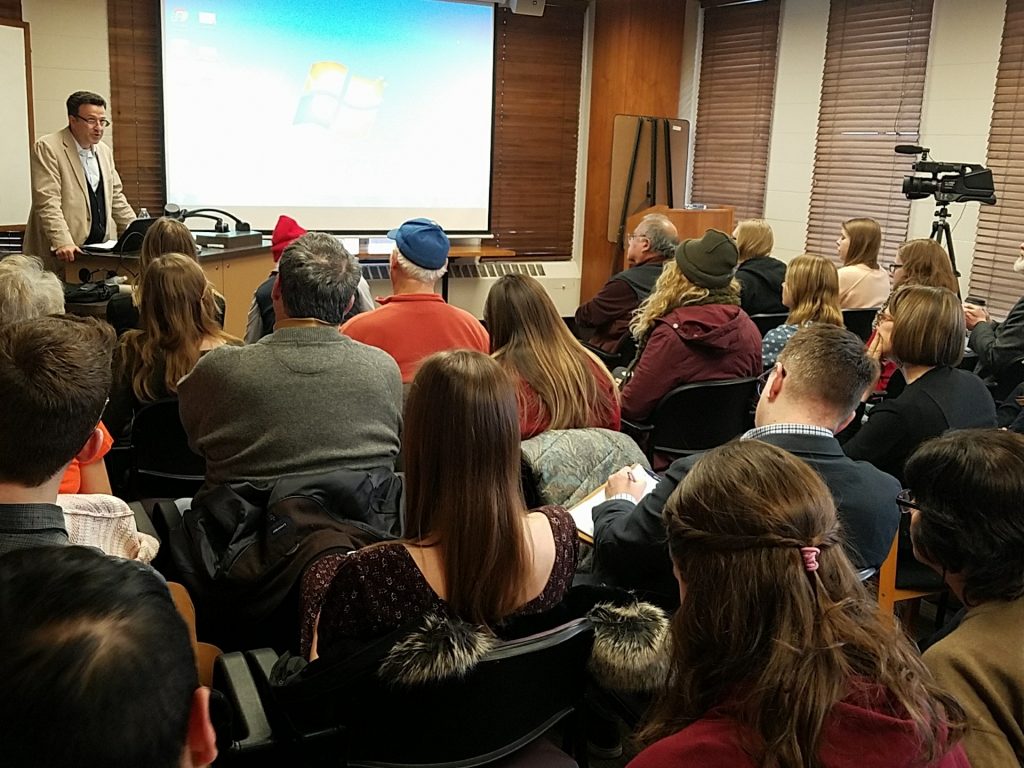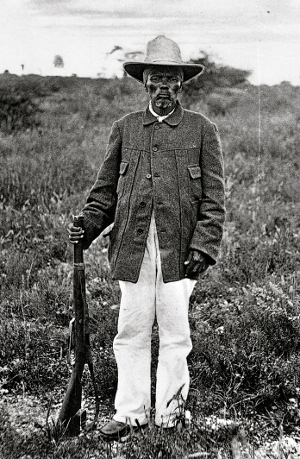
Depictions of colonized African peoples from Southwest Africa (DSWA, present-day Namibia), Germany’s first overseas colony, were prevalent throughout the German metropole at the turn of the twentieth century. Tobacconists catered to the erotic fantasies of colonial enthusiasts with images of Herero girls in their advertisements. Coffee companies used portraits of black African women to affirm the quality of their beans. Youth magazines allowed children to escape into “exotic” domains where their imaginations could wander unhindered by “civilized” social expectations. Anthropologists shifted the paradigms of scientific analysis by studying “natural peoples” as faceless objects. Novelists published romanticized accounts of faraway conflicts, a practice that over time made the realities of colonial bloodshed palpable for a continental audience. Though characterizations like these typified the contemporary discourse on Africa and epitomized Europe’s dominance over the continent, they belie the significant degree to which Africans in turn influenced the evolution of German imperial policy in southern Africa.

